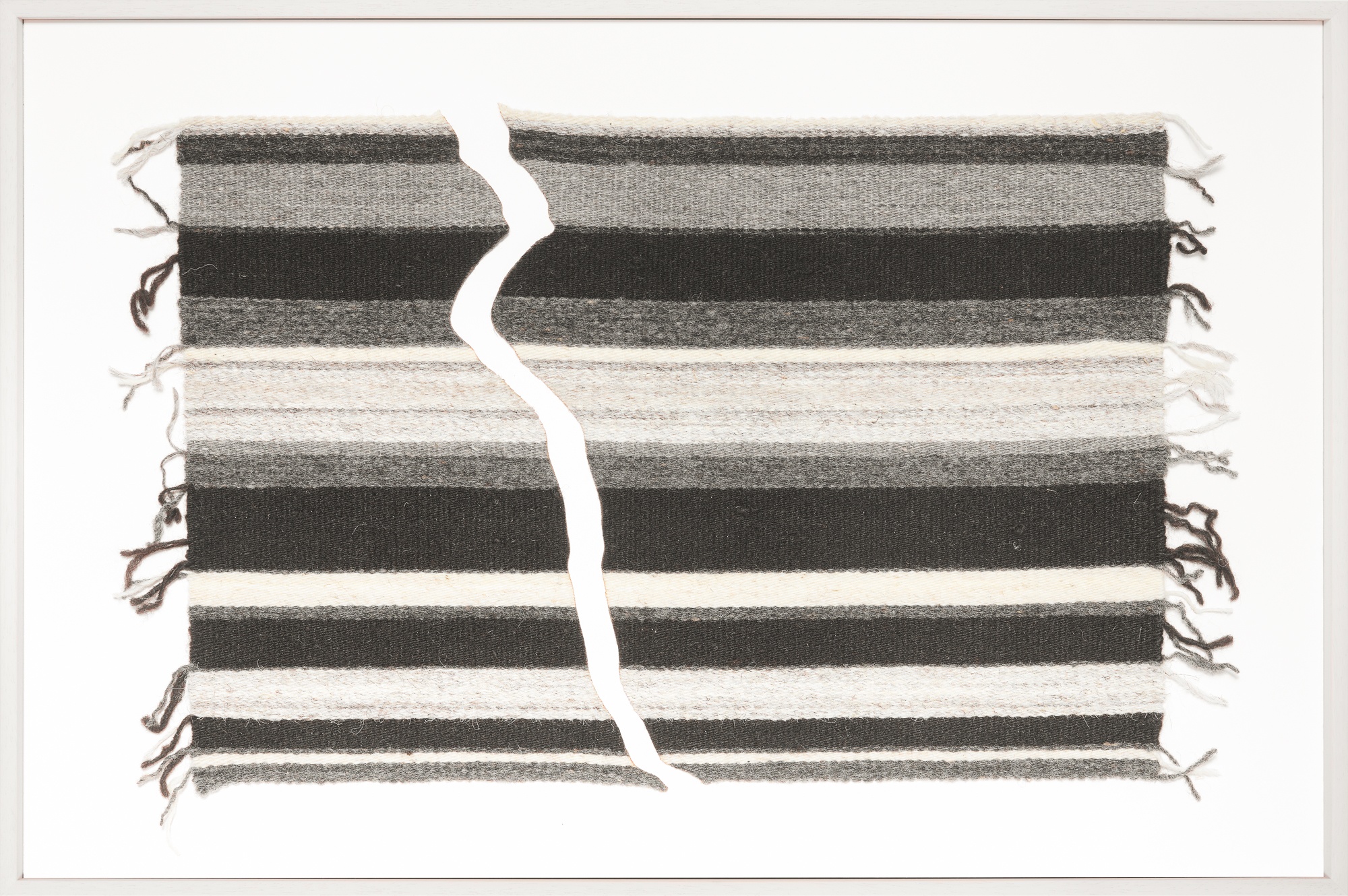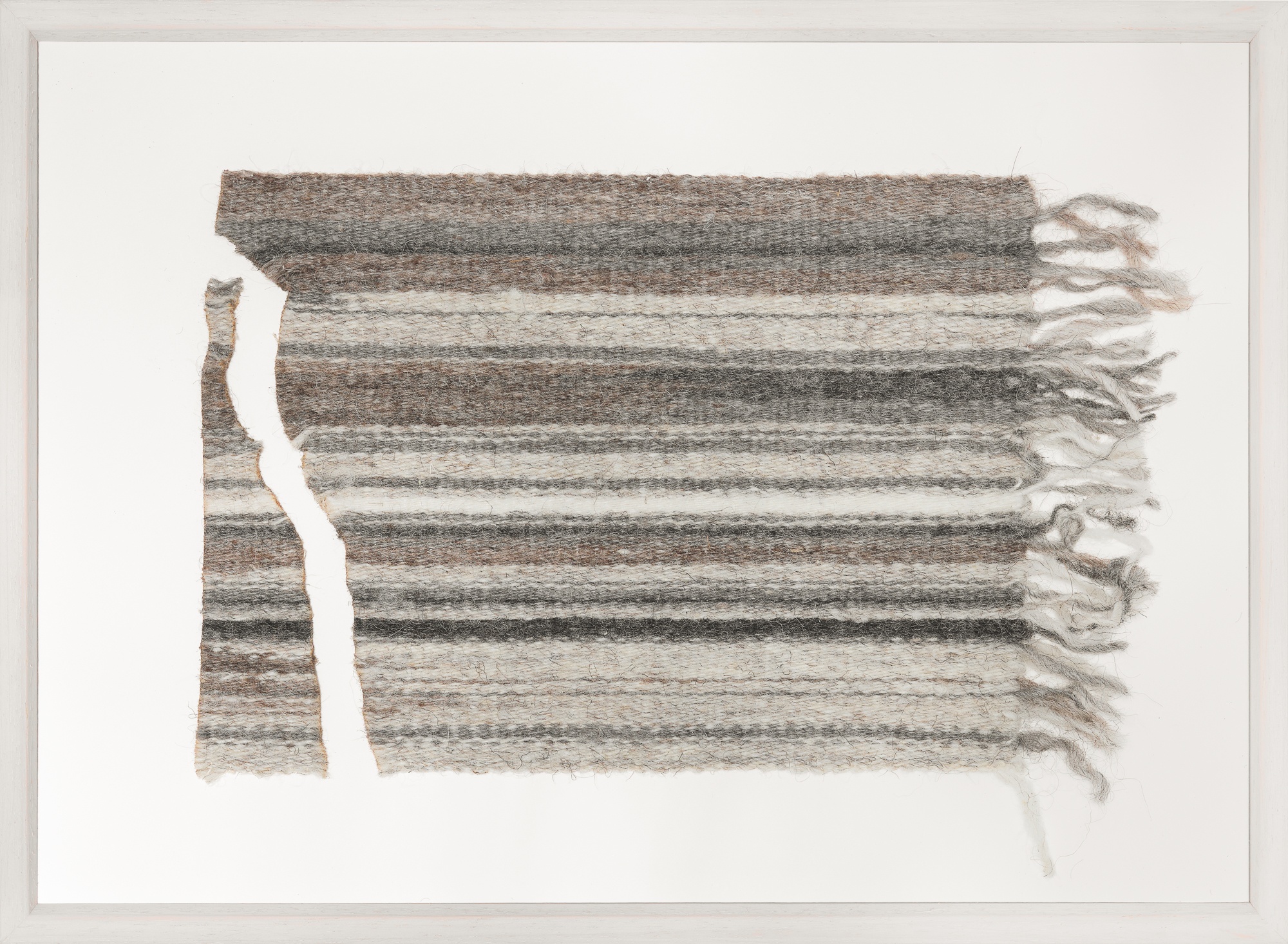project
Shells + Sheep
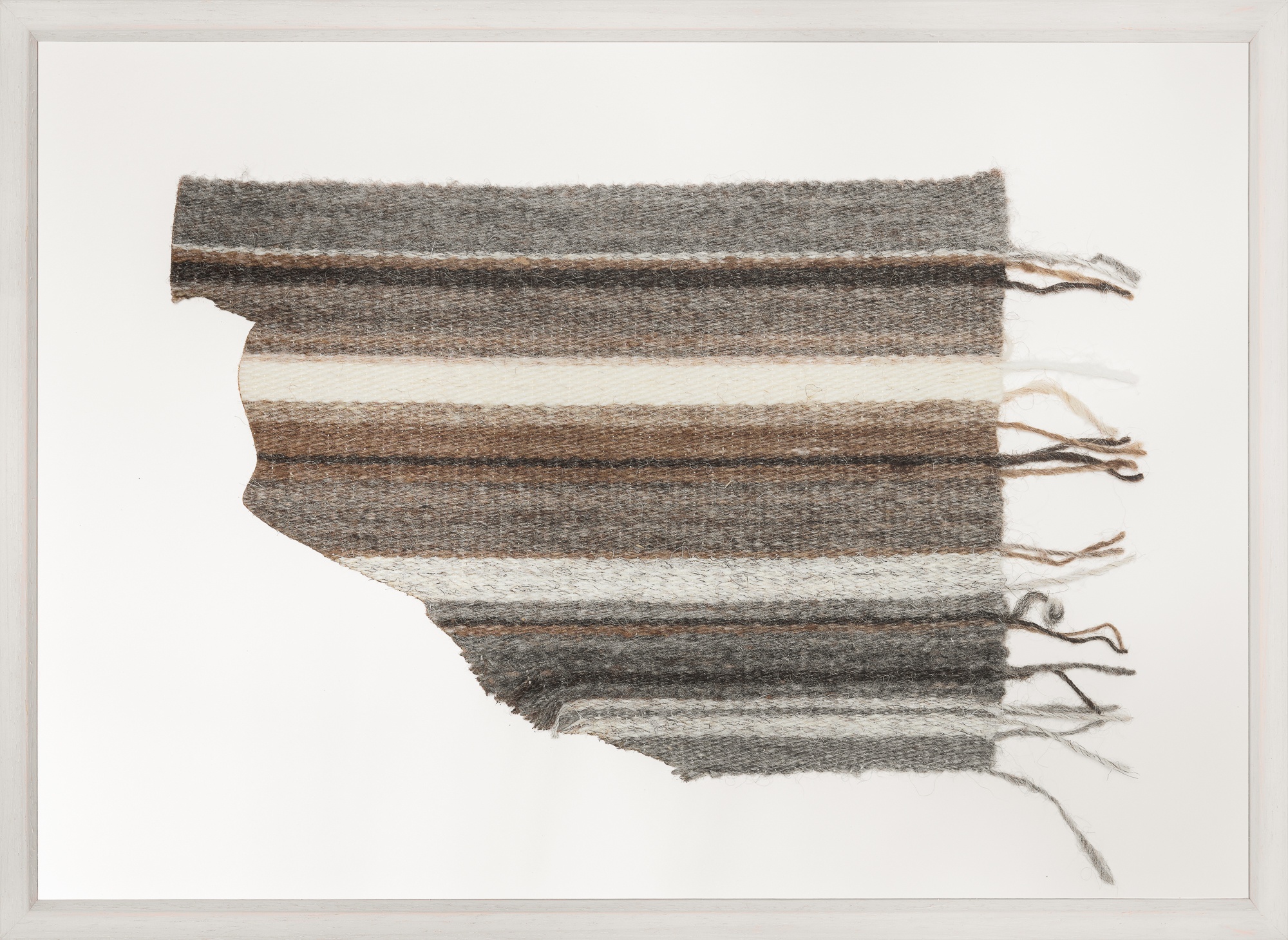
While at the beach I am always looking for beautiful shells. They can be ordinary and tiny; the colours interest me most. Shades of blue, grey, brown, white, pink, black, yellow… all produced by nature
Instinctively I am drawn to perfect shells, not the broken or damaged ones. But look at how beautiful the broken shells actually are! The hard, abrupt end to the dreamy pattern of colours and the randomness of the fracture. Broken shells started to fascinate me as much as the perfectly formed ones.
Through the years I collected many boxes full of shells, with no particular purpose in mind. Until the idea emerged to weave the colour changes in shells. What followed first was a long search for the right colours in yarn. I had trouble finding colours that were subtle and ‘deep’ enough to represent those beautiful shades in shells. While working on another project, I realized that Dutch sheep wool provides many of the colours I was looking for. How fascinating is that: similar colours in sheep fleeces and shells! A dear friend spinned the fleeces for me and I started weaving the colour changes in shells with undyed Dutch sheep wool.
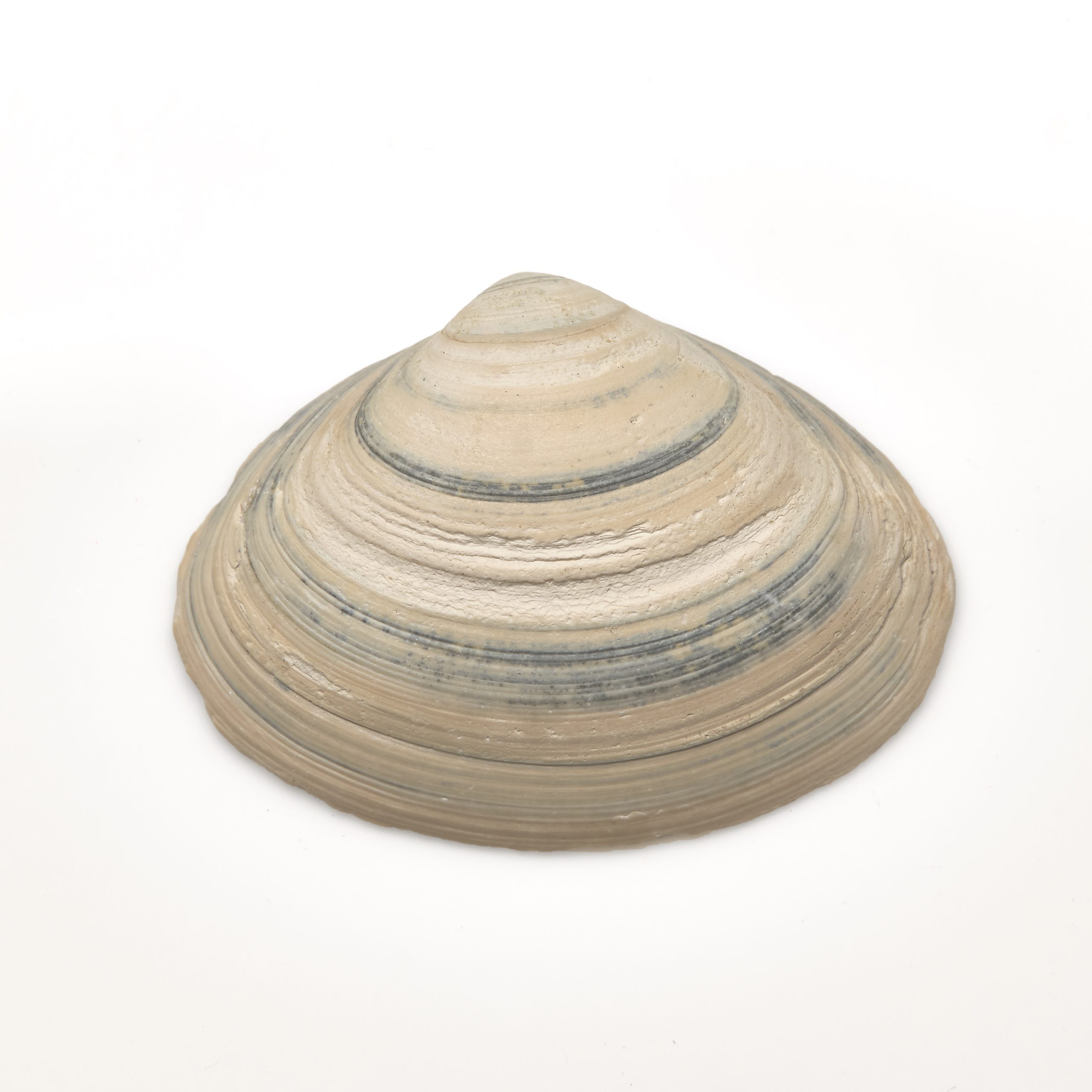
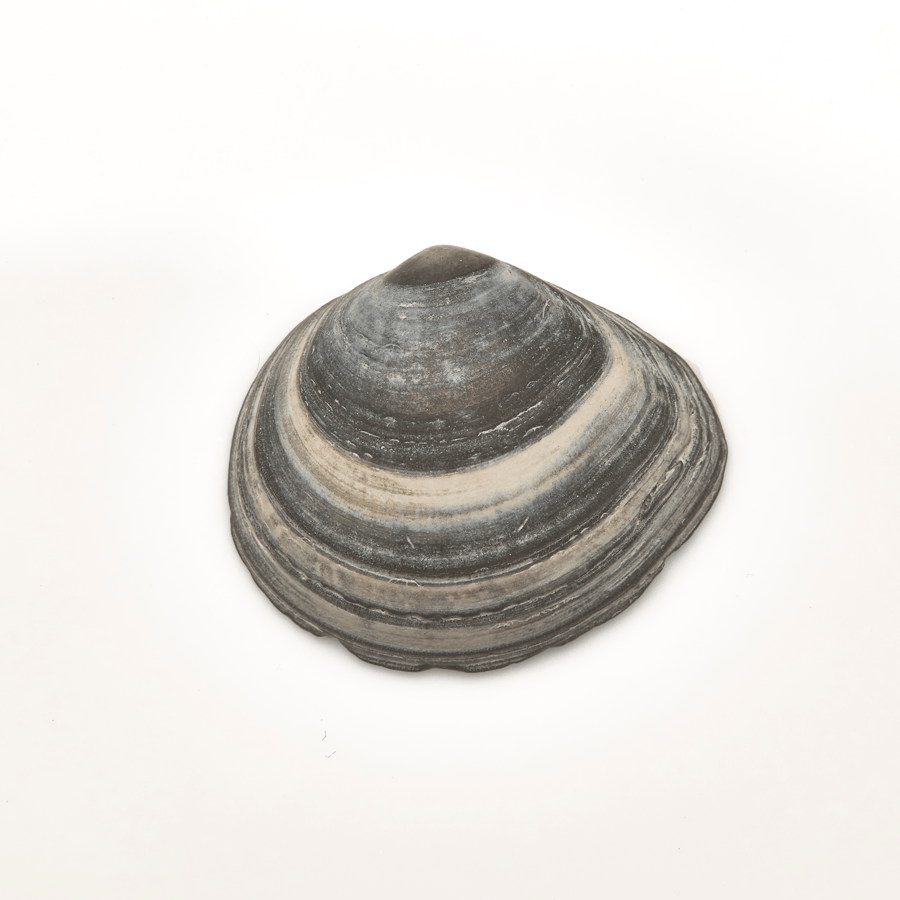
The rhythm in the colour pattern in shells is sometimes unexpected and surprising.
Often, while weaving, I wondered whether the colour sequence would feel ‘right’ once the work would be finished. But I decided not to intervene and continued to faithfully follow the shells stripy patterns. And every time a work came off the loom I realized that it did feel ‘right’, that there is a harmony in nature that we humans cannot make up ourselves.
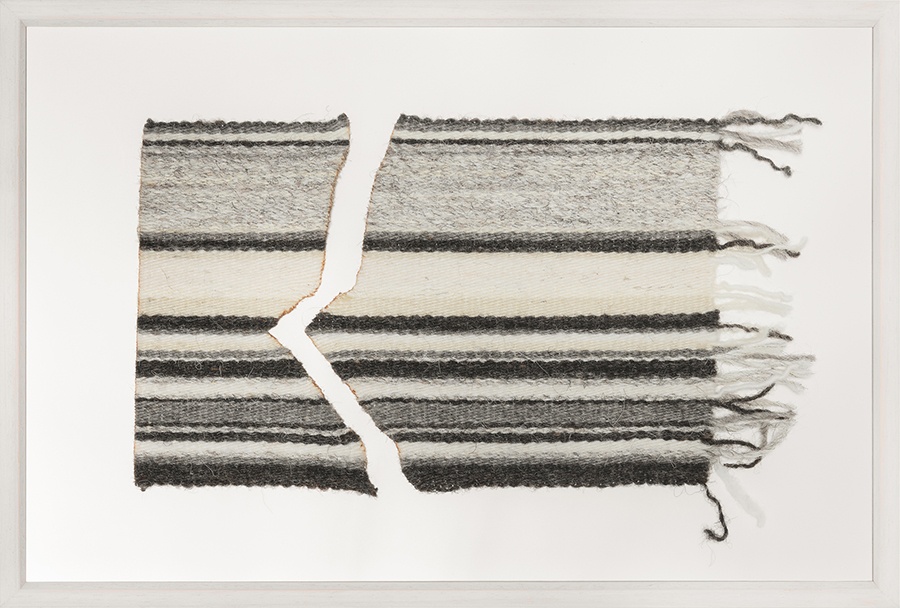
Collection Shells + Sheep artworks – click here
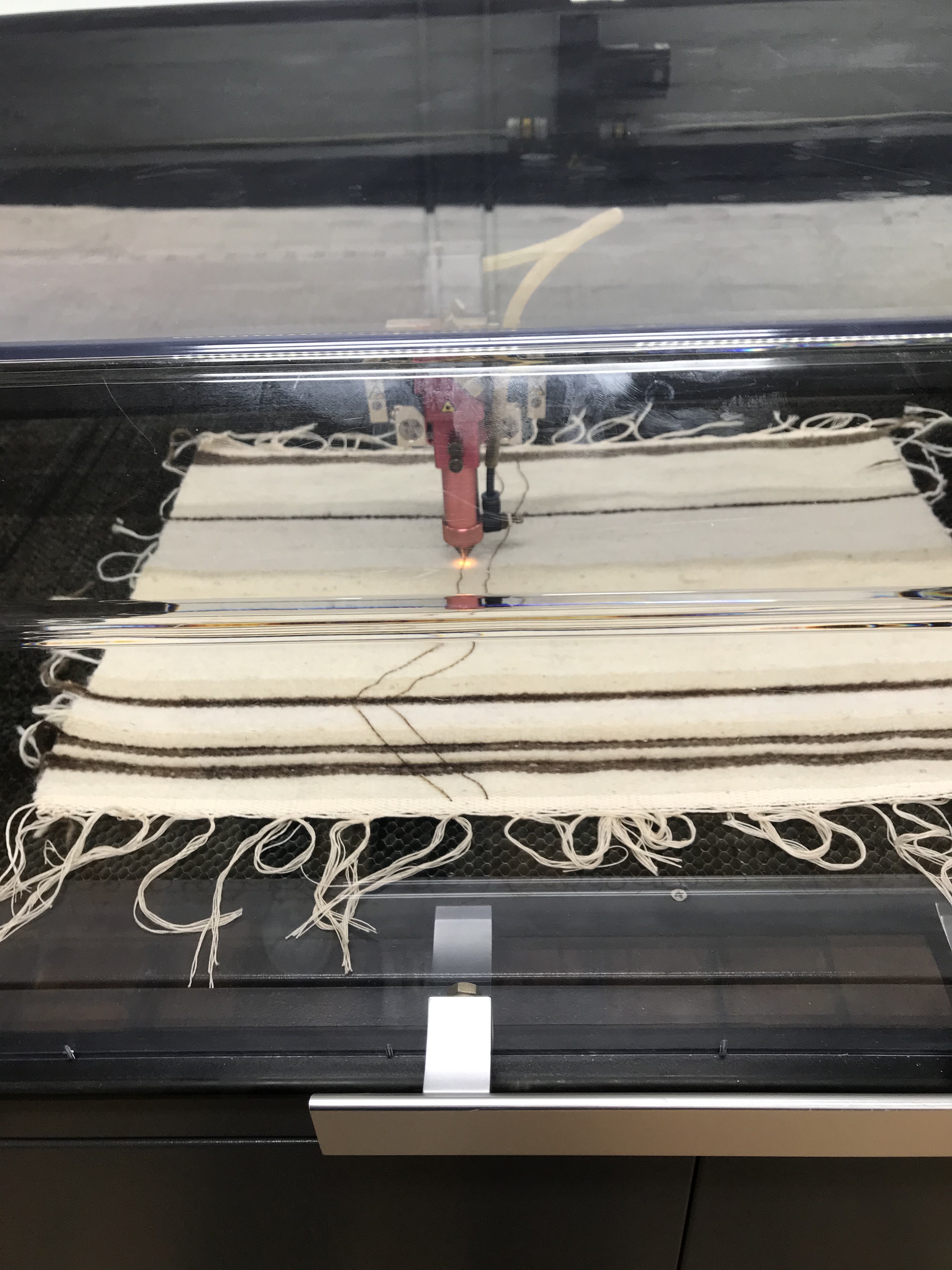
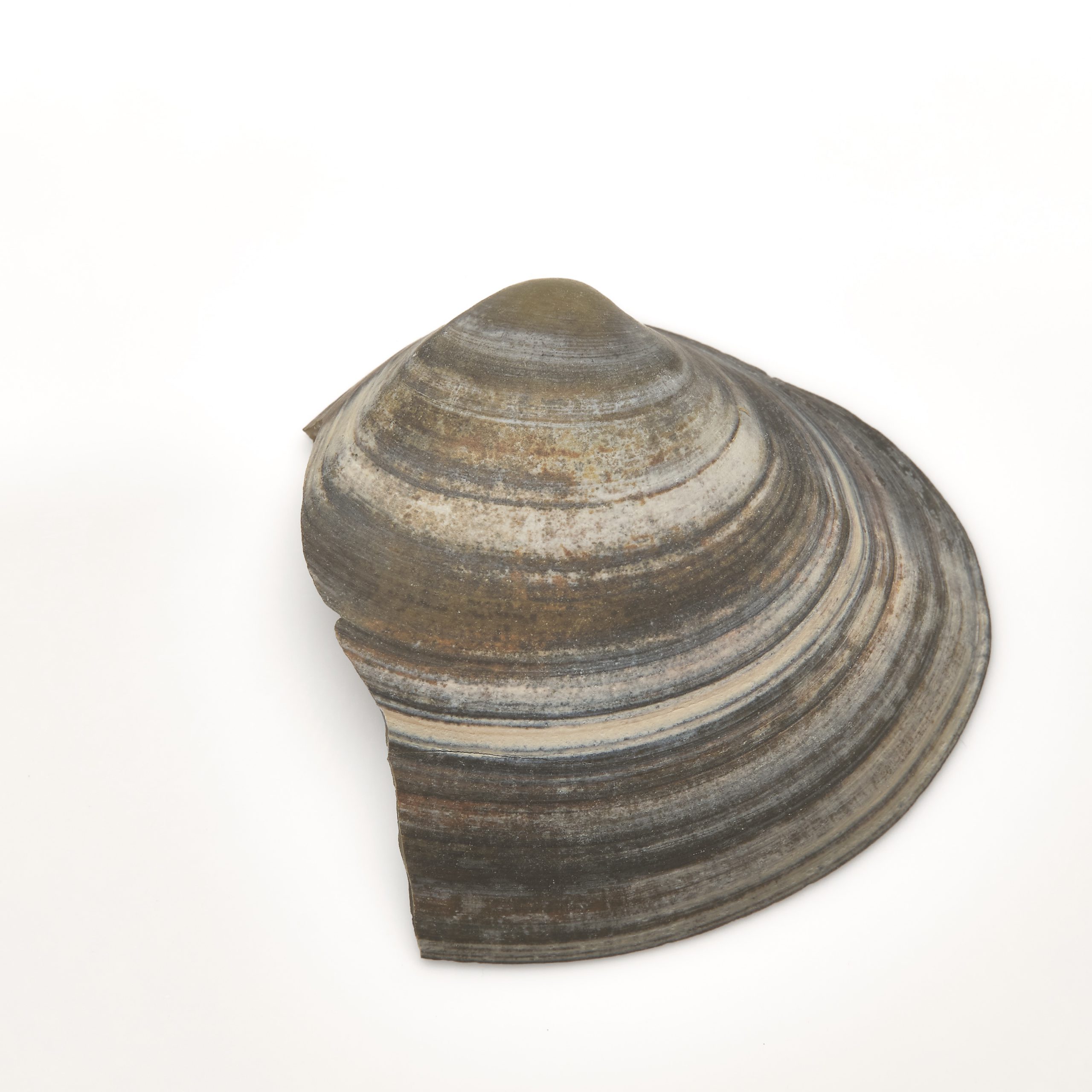
Collection Shells + Sheep artworks – click here
The biggest and most scary step in this project was lasercutting the woven works to bring in the fracture line of broken shells. I wanted a hard, abrupt line in the fabric and lasercutting would do that. I used actual fracture lines from broken shells for the lasercutting. Similar to the harmony in the colour pattern, I felt I would not be able to draw a random line as well as nature can. I was allowed to use the lassercutter at the TextielLab at the TextielMuseum in Tilburg. The lassercutter burns the wool and a clear cut is made into the fabric
It was fascinating to see that once lasercut, the wool continues to try to find its own way. Even with the most modern technology wool does not let itself be tamed completely and to me that is also the beauty of it!
